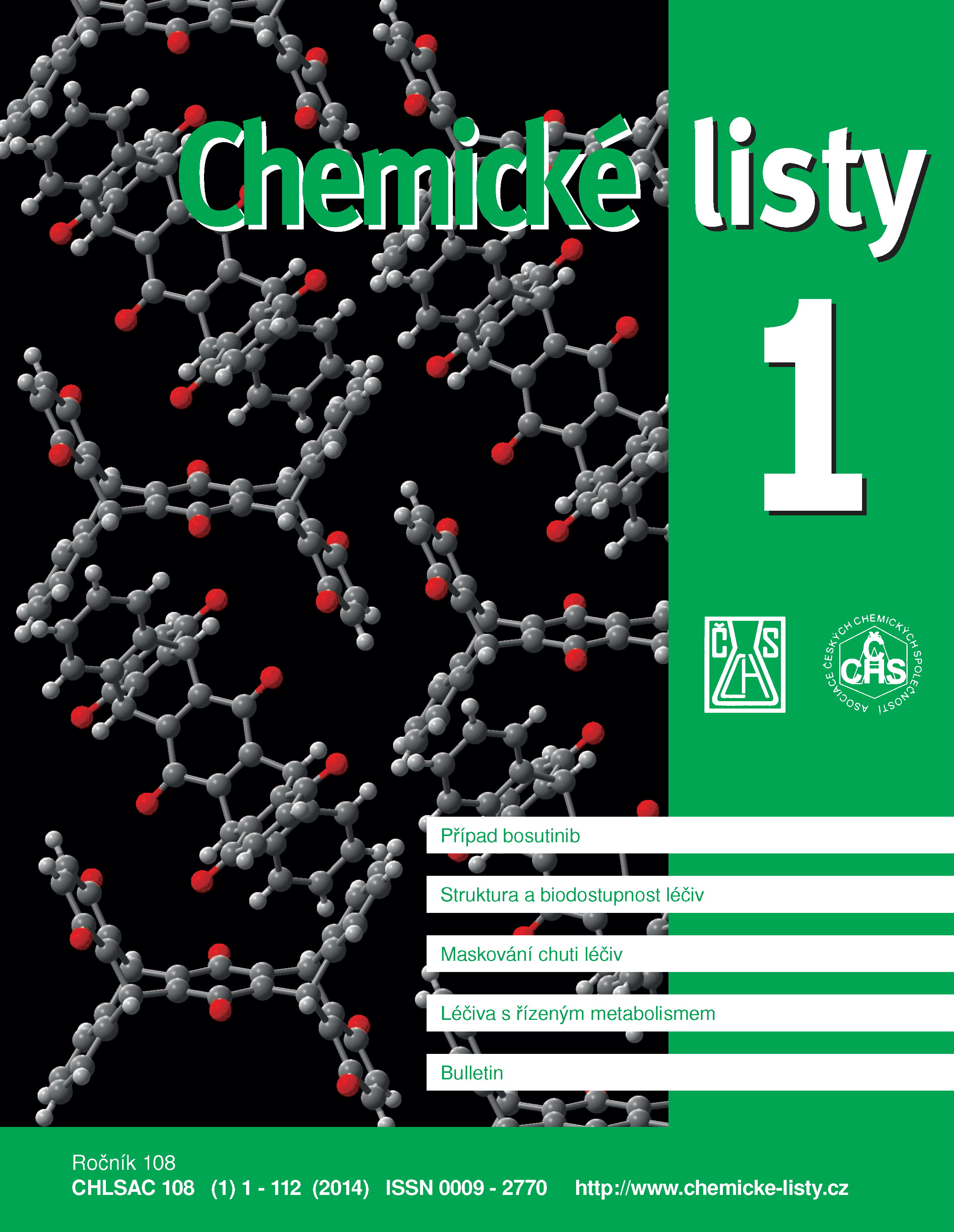Deracemization by Grinding: Viedma Ripening
Keywords:
deracemization, racemate, enantiomer, Viedma ripening, Ostwald ripeningAbstract
The preparation of optically pure compounds plays an important role in pharmaceutical and chemical industry. The separation of two enantiomers in a racemic mixture of chiral compounds by crystallization is one of the commonly used methods of achieving optical purity. Viedma discovered a new method of deracemization of racemic crystals by grinding them in saturated solutions. The process is based on the finding that smaller crystals are more soluble than the larger ones. Due to the presence of a racemization agent, racemization occurs in solution. The molecules then create clusters that are randomly formed into (R) or (S) crystals. The process (Ostwald ripening) would eventually lead to a single enantiomer. The method always provides 100% yield and the same crystal size distribution. The deracemization by grinding is a very simple and economically attractive process for obtaining optically pure crystals.





